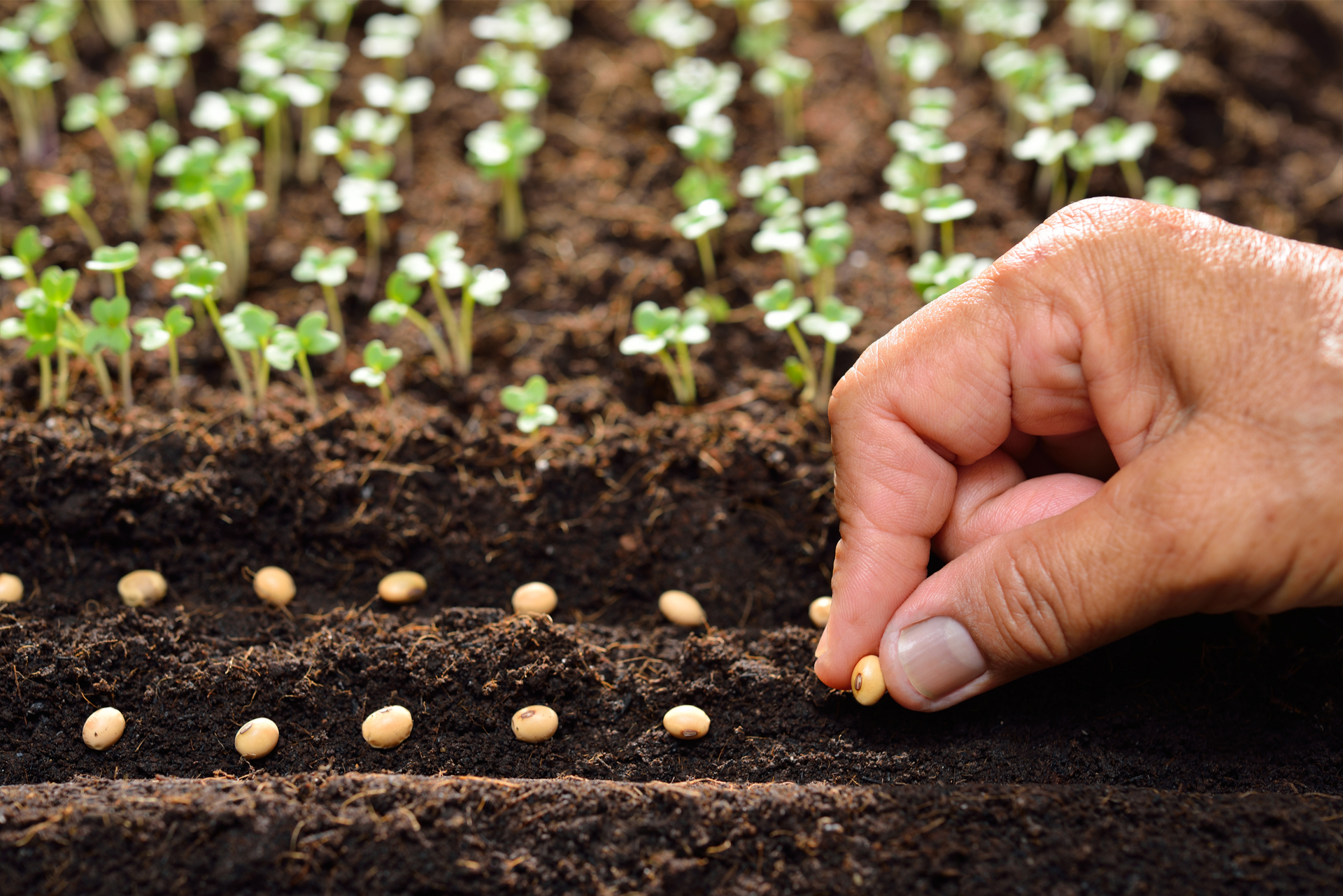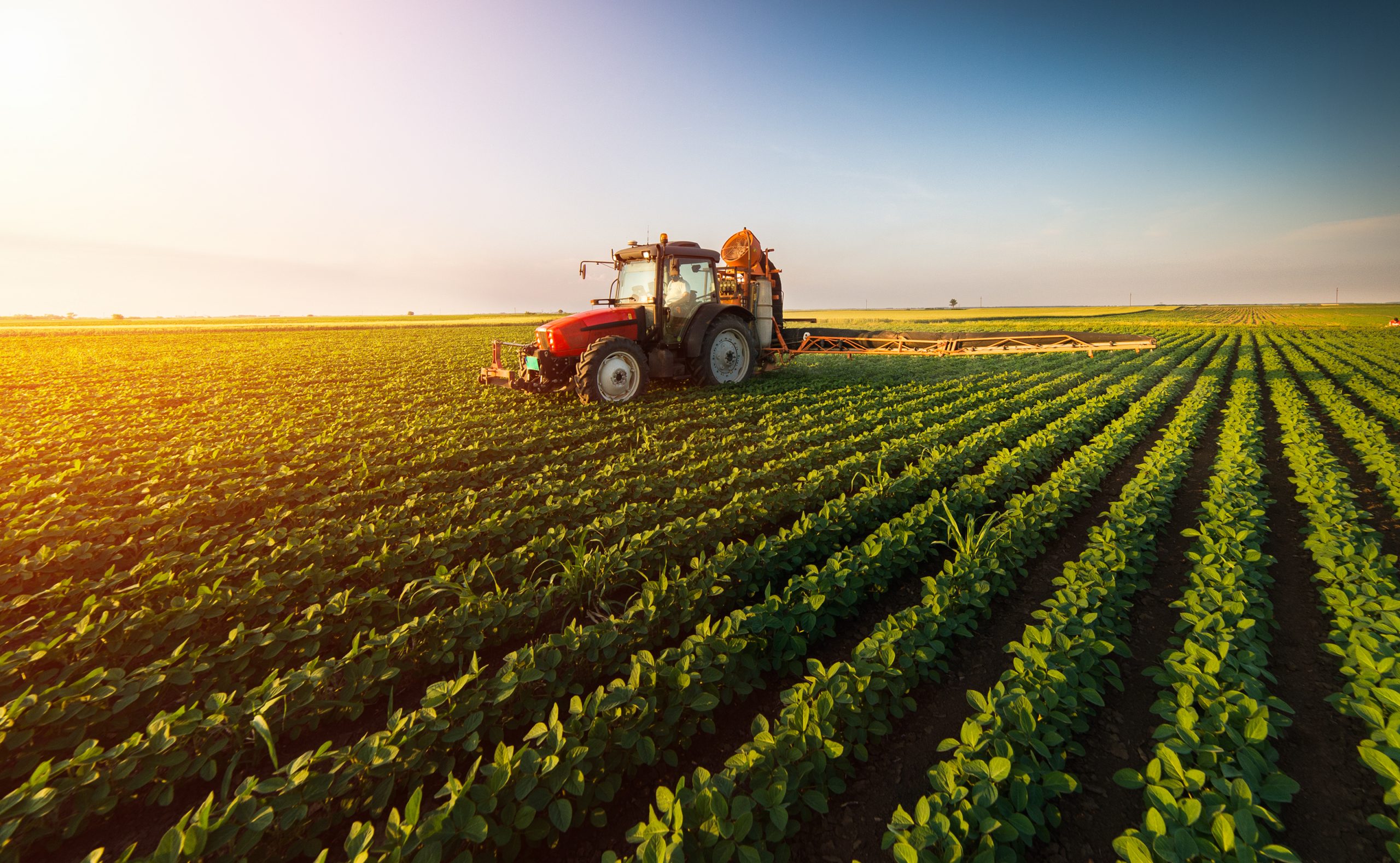seeds
In botany, the seed is the plant’s means of reproduction and propagation, in addition to being a storehouse of energy and food.
The seed is a fertilized egg formed from the ovary of a flower. It is the basis for reproduction in higher plants and the life of a new generation begins from it. A seed can be defined as a small embryonic plant in a state of dormancy, and the seed consists of the embryo that is surrounded by a cover called the cloaca, and a quantity of stored food that is either stored in some parts of the embryo, or separated from it in a special tissue called the endosperm of the seed (the endosperm). The seed is in the first case non-endospermic, and in the second case it is endospermic. In the non-endospermic seed, the nutrients are mostly stored in the two cotyledons, which appear plump, bulky, and greasy.
seed shape
Avocado seed parts showing the double covering of the embryo and the inner embryo
As for the embryo, it is composed of the same basic organs from which the adult plant is composed, namely the root, stem and leaves, but in a very miniature form, so the embryonic root is called the root, and the embryonic stem is called the feather. The number of cotyledons varies in plants covered with seeds, so the seed in monocotyledons consists of one seed (hence the name) and for example the seeds of wheat, corn, barley, palm, and the seed consists of two cotyledons in dicotyledons such as beans, lentils and beans, castor bean, cotton and most tree species .


